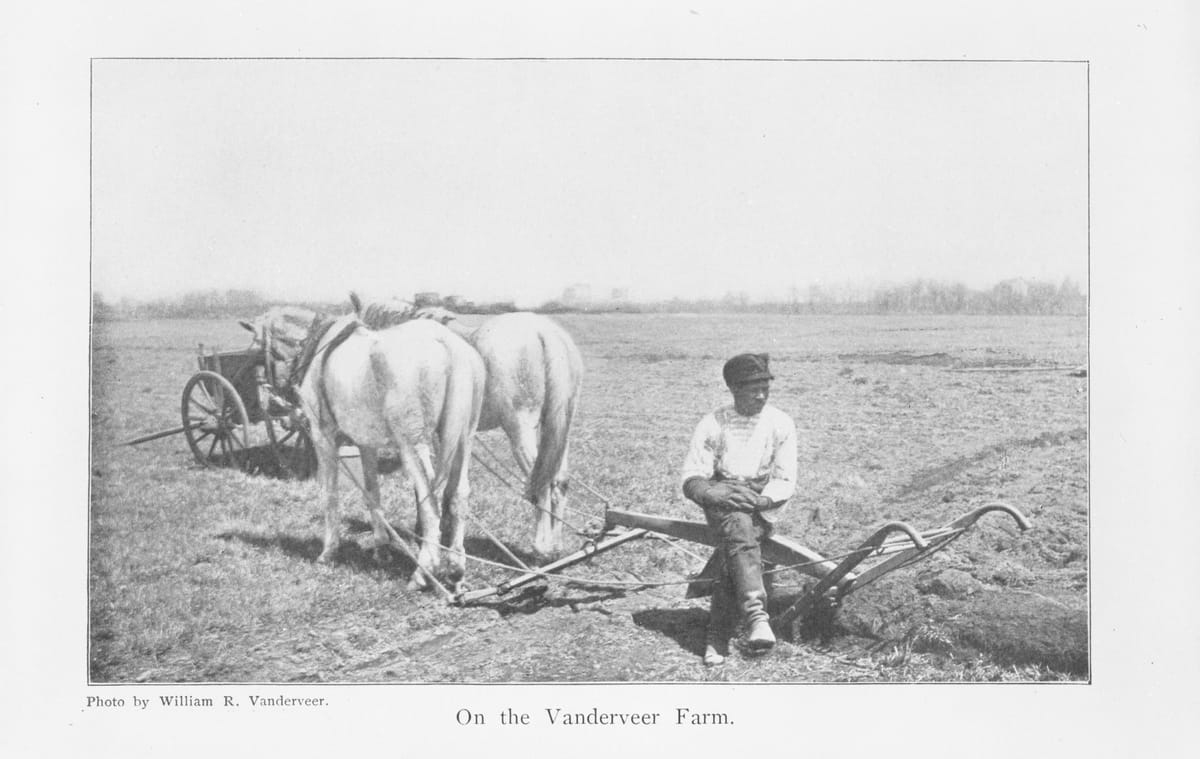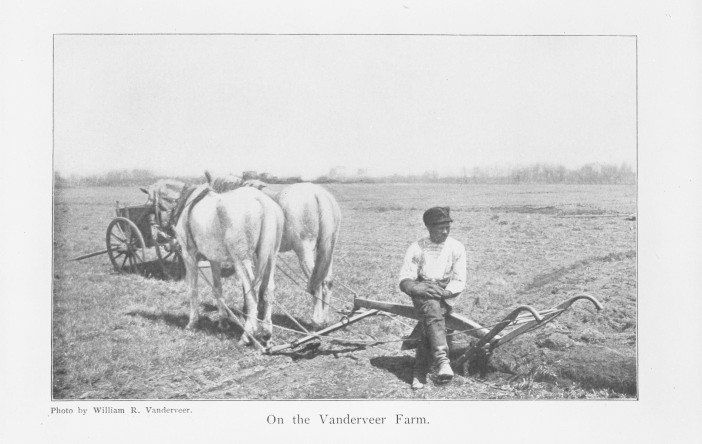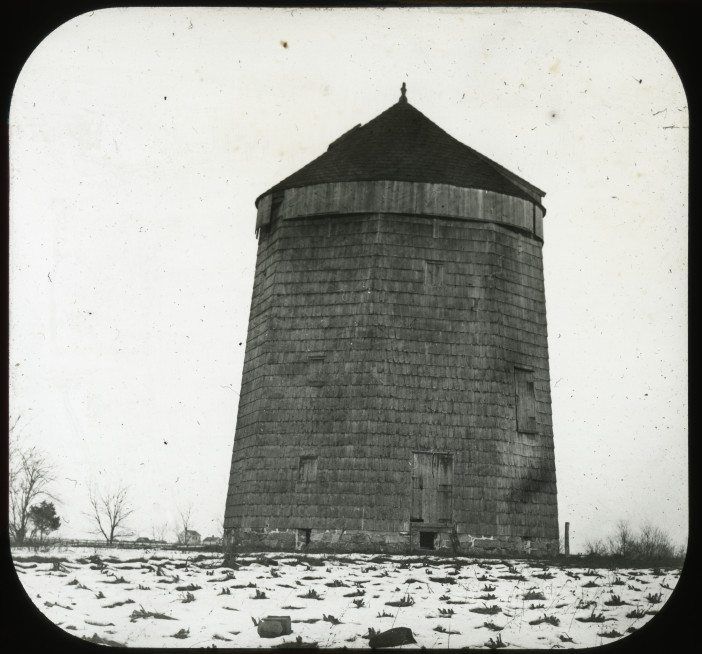The Farms Of Flatbush


Until the end of the19th century, Brooklyn (Kings County) was the second largest provider of agriculture products in the United States. And the leading produce supplier? Queens.
Brooklyn — and Flatbush’s — rich agricultural history is the subject of an interesting blog post on the Brooklyn Historical Society’s website. For 250 years, writes the BHS, starting with the first Dutch settlers in the 1650’s, Flatbush was “a town of farms and farmers.”
Slavery was an important component of the agricultural economy in Brooklyn and Flatbush, observes BHS.
By the 1680’s, the Dutch had “purchased” all of Kings County from Canarsee Indian tribes, says BHS. They note that during the seventeenth century, Dutch families like the Leffertses, the Hegemans, the Cortelyous, and the Vanderveers lived “uneasily” among Canarsee Indians who had been settled on Sewanhacka [Long Island] for centuries.
Until the early 1800’s, Flatbush farmers grew wheat, rye, oats, barley, corn, and other grains, and then delivered them for sale by horse drawn cart to the city of Brooklyn, and by ferry to the city of New York.
The fields of Flatbush “waved with the graceful growth of grain,” writes historian Gertrude Lefferts Vanderbilt.
After the opening of the Erie Canal in 1825, which facilitated the more rapid delivery of grain from the Midwest, Flatbush’s farmers switched to crops like cabbages, turnips, potatoes, and other fruits and vegetables, and sold them in New York.
But even more interesting than what was grown here is who actually did the work. BHS writes:
“To be a “farmer” in eighteenth- and nineteenth-century Flatbush did not necessarily mean working the land yourself. Enslaved people were central to the growing affluence of Flatbush’s Dutch residents.
In 1698, the colonial census recorded that Leffert Pieterse’s household included one man, one woman, nine children, and three slaves. After the New York legislature ended slavery in 1827, some African Americans continued to hold agricultural jobs. Wealthy farmers also relied on the labor of tenants, who lived on and tilled the extensive land holdings of families like the Leffertses.”
The farms of Flatbush were not totally isolated from life in the growing metropolis across the East River.
The Vanderveer Farm [pictured above], which lay just to the east of Flatbush Avenue, possibly around what is now East 25th Street, was the scene of a harrowing event during the Civil War.
During the 1863 New York Draft Riots, Flatbush’s African American community took refuge in the farm’s windmill, “fearing that the violence across the river would spill into Kings County,” writes BHS.
During the riots in Manhattan, African American homes and institutions were burned to the ground, and 11 African American men were lynched, as whites, mainly Irish immigrants, rioted for five days over compulsory service in the war.

Apparently the racial violence in Manhattan did not come to Flatbush in 1863.
And the Vanderveer family’s mill, which was built between 1801 and 1804, burned down on March 4, 1879.



